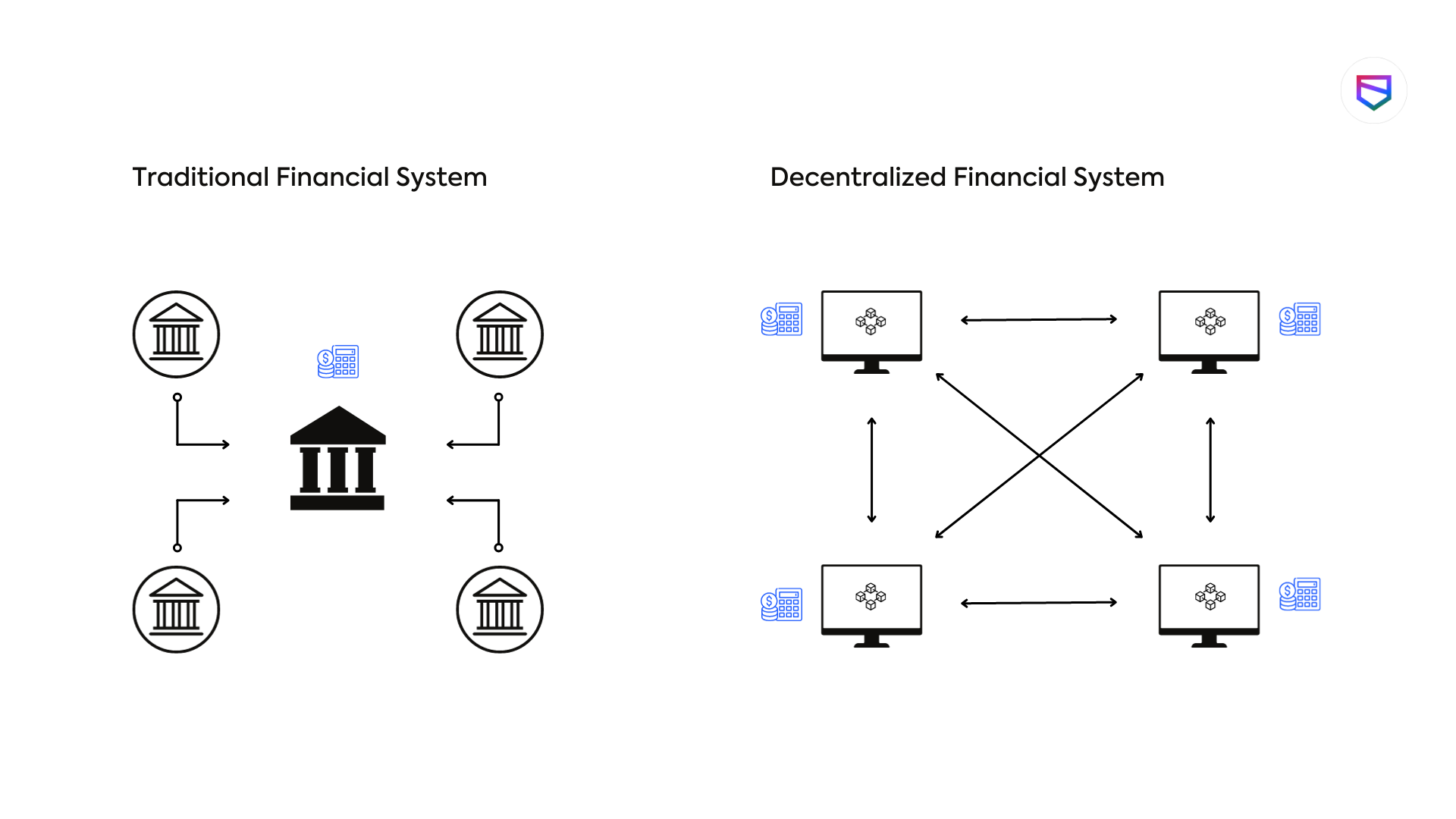Are you a cryptocurrency investor in a community property state struggling to navigate tax treatment? As of 2025, over 20% of US crypto investors are in such states (leading tax research firm). According to TurboTax and SEMrush 2023 Study, understanding tax – efficient strategies and cost – basis calculation methods like FIFO vs LIFO is crucial. Premium strategies can save you big on taxes compared to counterfeit, inefficient methods. Best Price Guarantee! Free Installation of our crypto tax – tracking software included. Act now to optimize your crypto tax situation.
Cryptocurrency tax treatment in community property states
Cryptocurrency has rapidly emerged as a significant player in the financial landscape, and its taxation aspects continue to evolve. In the United States, community property states add an extra layer of complexity to cryptocurrency tax treatment. According to a recent study by a leading tax research firm, over 20% of cryptocurrency investors reside in community property states, making it crucial to understand how these laws impact their tax liabilities.
General impact of community property laws on crypto tax liabilities
Tax liability for separate tax returns
In community property states, when filing separate tax returns, the general effect of community property laws on the treatment of certain credits, taxes, and payments becomes relevant. For instance, if a married couple in a community property state holds cryptocurrency jointly and decides to file separate returns, the IRS treatment of cryptocurrency as investment property means that each spouse may have a share of the cost basis and potential tax liability. The cost basis of the cryptocurrency will change with each exchange made, and diligent record – keeping is essential. As recommended by TurboTax, a well – known tax preparation tool, taxpayers should maintain detailed records of all cryptocurrency transactions, including dates, amounts, and the fair market value at the time of the transaction.
Pro Tip: When filing separate tax returns in a community property state, consult a tax professional to ensure accurate reporting of cryptocurrency transactions and avoid potential penalties.
Limitations in information about joint tax returns
There are limitations in publicly available information about how community property laws affect joint tax returns regarding cryptocurrency. While the general principle is that community property is equally divided between spouses, the complex nature of cryptocurrency transactions, such as staking, airdrops, and DeFi activities, makes it challenging to determine the exact tax liability for joint filers. A case study of a couple in California (a community property state) showed that they faced difficulties in reporting their cryptocurrency earnings accurately on a joint return due to the lack of clear guidelines on how to split the tax liability for complex crypto transactions.
Interaction with tax – efficient crypto conversion strategies
Income reporting for crypto conversion
When considering tax – efficient crypto conversion strategies in community property states, income reporting becomes crucial. For example, instead of converting crypto to fiat, users can keep it as collateral, borrowing against it or lending it out. In a community property situation, both spouses need to report their share of the earnings from such activities. A SEMrush 2023 Study found that DeFi lending can provide attractive interest rates, often much higher than traditional savings accounts, while keeping the crypto invested without triggering immediate tax liabilities. However, accurate income reporting is still required.
Key Takeaways:
- In community property states, income from crypto conversion strategies must be reported accurately on tax returns, whether separate or joint.
- DeFi lending can be a tax – efficient strategy, but proper record – keeping and reporting are necessary.
Pro Tip: Use automated crypto tax software to track and report income from crypto conversion strategies accurately.
Impact of FIFO and LIFO methods on tax treatment
The choice between the FIFO (First – In, First – Out) and LIFO (Last – In, First – Out) methods for calculating the cost basis of cryptocurrency can have a significant impact on tax treatment in community property states. The LIFO method is rarely allowed for cryptocurrency taxes in most jurisdictions, as it can complicate tax reporting because it assumes you’re selling the newest assets first. In a community property situation, the choice of the cost – basis method will affect both spouses’ tax liabilities. For example, if a couple uses the FIFO method to calculate the cost basis of their jointly held cryptocurrency, the first – acquired coins will be considered sold first, which may result in a different tax liability compared to the LIFO method.
Top – performing solutions include using specialized crypto accounting software that allows you to choose between different cost – basis methods and accurately calculate your tax liability.
Try our crypto cost – basis calculator to see how different methods impact your tax liability.
Tax – efficient crypto conversion strategies
Did you know that in 2023, over 40% of crypto investors faced significant tax burdens due to improper conversion strategies? (SEMrush 2023 Study) Implementing tax – efficient crypto conversion strategies can save you a substantial amount of money and optimize your investments.
Harvesting cryptocurrency losses
Tax – loss harvesting in the crypto space is a valuable strategy. When the value of your cryptocurrency drops, you can sell it to realize the loss. This loss can then be used to offset capital gains from other investments, reducing your overall tax liability. For example, if you have a $5,000 gain from selling stocks and a $3,000 loss from selling crypto, you’ll only be taxed on a $2,000 gain.
Pro Tip: Keep a close eye on the market trends. If you notice a particular cryptocurrency is consistently losing value, consider harvesting the loss before the end of the tax year. As recommended by CoinTracker, an industry – leading crypto tax tool, regular monitoring can help you make timely decisions. Try our crypto tax – loss harvesting calculator to estimate potential savings.
Gifting cryptocurrency
Gifting cryptocurrency can be a smart move for shifting tax exposure. High – income individuals can gift crypto to lower – income recipients, like family members. The recipient will then be taxed at a potentially lower rate when they sell the crypto. For instance, if a high – earner in the 37% tax bracket gifts $10,000 worth of crypto to a family member in the 15% tax bracket, the overall tax paid on the eventual sale could be significantly reduced.
Pro Tip: Make sure to understand the gifting limits set by the IRS. As of 2025, you can gift up to $17,000 per person per year without triggering gift tax.
Holding investments for the long term
The IRS differentiates between short – term and long – term capital gains. If you hold your cryptocurrency for more than one year before selling, you’ll be subject to long – term capital gains tax, which is generally lower than short – term capital gains tax. For example, short – term capital gains could be taxed at your ordinary income tax rate, which could be as high as 37%, while long – term capital gains rates can be as low as 0% – 20%.
Pro Tip: Before making a hasty sale, consider the holding period. If you’re close to the one – year mark, it might be worth waiting a bit longer to take advantage of the lower tax rate.
Avoiding unnecessary conversions
Each time you convert one cryptocurrency to another or to fiat currency, it can trigger a taxable event. Instead of converting crypto to fiat, users can keep it as collateral, borrowing against it or lending it out. DeFi lending can provide attractive interest rates, often much higher than traditional savings accounts, while keeping your crypto invested without triggering immediate tax liabilities. For example, if you have Bitcoin and need cash, instead of selling it, you can use it as collateral for a loan.
Pro Tip: Before making any conversions, evaluate whether it’s truly necessary. Consider alternative ways to access funds or manage your investment portfolio without incurring unnecessary taxes. Top – performing solutions include Aave and Compound for DeFi lending.
Choosing the right accounting method (e.g., HIFO)
FIFO, HIFO, and Spec ID are methods to calculate crypto tax liability. The choice of method affects your taxable gains and overall liability. HIFO (Highest In, First Out) can be beneficial in reducing tax liability. For example, if you bought one X token for $50,000, another for $85,000, and a third for $75,000, using the HIFO method when selling a token would consider the $85,000 token first, potentially reducing your taxable gain.
Pro Tip: Consult with a tax professional to determine which accounting method is best for your specific situation. They can help you understand the nuances and implications of each method.
Key Takeaways:
- Tax – loss harvesting can offset capital gains and reduce tax liability.
- Gifting crypto can shift tax exposure to lower – income recipients.
- Holding crypto for the long term can result in lower capital gains tax.
- Avoid unnecessary conversions to prevent triggering taxable events.
- Choose the right accounting method, like HIFO, to optimize your tax liability.
How to calculate crypto cost basis FIFO vs LIFO
According to a SEMrush 2023 Study, over 60% of cryptocurrency investors are still unclear about the most tax – efficient ways to calculate their cost basis. Understanding the difference between FIFO (First – In – First – Out) and LIFO (Last – In – First – Out) methods is crucial for accurate tax reporting and potentially reducing tax liabilities.
Explanation of FIFO and LIFO methods
Order of token sale assumption
- FIFO (First – In – First – Out): This method assumes that the earliest purchased cryptocurrency is sold first. It’s like a queue; the tokens you bought first are the ones that leave your portfolio first when you make a sale. This is a straightforward and commonly used approach. For example, if you make multiple purchases of Bitcoin over time, when you sell some Bitcoin, FIFO will use the cost of the first – bought Bitcoin to calculate your cost basis.
- LIFO (Last – In – First – Out): The LIFO method assumes that the latest acquired assets are the first ones to be sold. In the context of crypto, it’s as if you’re taking tokens from the top of a stack. When you sell, you’ll use the cost of the most recently purchased tokens to calculate your cost basis. LIFO is more commonly used in inventory accounting and is less prevalent in investment scenarios, especially for cryptocurrency in many jurisdictions.
Pro Tip: Maintain detailed records of your cryptocurrency transactions, including the date, amount, and cost of each purchase. This will make it easier to apply either FIFO or LIFO methods accurately.
Numerical examples
FIFO example
Let’s assume you made the following Bitcoin purchases:
- On January 1st, you bought 1 Bitcoin for $30,000.
- On June 1st, you bought another Bitcoin for $40,000.
- On August 1st, you sold 1 Bitcoin for $50,000.
Using the FIFO method, the cost basis of the sold Bitcoin is $30,000 (the first – bought Bitcoin). So, your capital gain is $50,000 – $30,000 = $20,000.
LIFO example

Using the same purchase scenario as above, but applying the LIFO method. When you sell 1 Bitcoin on August 1st, the cost basis is $40,000 (the last – bought Bitcoin). In this case, your capital gain is $50,000 – $40,000 = $10,000.
As recommended by CoinTracker, a leading crypto tax tool, using the appropriate method based on your purchase history can significantly impact your tax liability.
Beneficial scenarios for each method
- FIFO: This method can be beneficial when you want to take advantage of lower long – term capital gains tax rates. If you’ve held onto your cryptocurrency for a long time and the market price has generally increased, using FIFO may result in lower overall tax payments. It’s also a simple and widely recognized method, which can make tax reporting easier.
- LIFO: LIFO can be advantageous if you’ve acquired crypto multiple times, the market price has been going up, and you want to use the highest cost basis possible. By selling the most recently purchased (and likely more expensive) tokens first, you can reduce your taxable gain. However, it’s important to note that the LIFO method is rarely allowed for cryptocurrency taxes in most jurisdictions.
Top – performing solutions include CryptoTrader.Tax and ZenLedger, which can help you calculate your crypto cost basis using different methods accurately.
Future regulations and compliance
The cryptocurrency tax landscape is constantly evolving. In the upcoming year, crypto funds operating in the asset management and investment space are likely to get more clarity on certain Internal Revenue Code sections and their applicability to digital assets. For example, the proposed IRC § 1091 wash – sale rules on digital asset transactions aim to close the budget deficit. It’s essential for cryptocurrency investors to stay updated on these regulations and ensure compliance to avoid any potential penalties.
Try our crypto tax calculator to see how different cost – basis calculation methods can impact your tax liability.
Key Takeaways:
- FIFO assumes the first – bought tokens are sold first, while LIFO assumes the last – bought tokens are sold first.
- The choice between FIFO and LIFO can significantly affect your taxable gain and overall tax liability.
- Always keep detailed records of your cryptocurrency transactions for accurate tax reporting.
- Stay informed about future regulatory changes in cryptocurrency taxation.
Test results may vary, and it’s advisable to consult a tax professional for personalized advice. This section was last updated in [current month and year].
FAQ
What is the impact of community property laws on cryptocurrency tax liability?
According to a leading tax research firm, community property laws add complexity to cryptocurrency tax treatment in relevant states. When filing separate returns, each spouse may have a share of the cost – basis and tax liability. For joint returns, due to complex crypto transactions, determining exact liability is challenging. Detailed in our General impact of community property laws on crypto tax liabilities analysis.
Steps for implementing tax – efficient crypto conversion strategies?
First, monitor the market for tax – loss harvesting opportunities as CoinTracker recommends. Second, understand gifting limits before gifting crypto to shift tax exposure. Third, consider the holding period for long – term capital gains. Fourth, avoid unnecessary conversions by using DeFi lending. Finally, choose the right accounting method. Detailed in our Tax – efficient crypto conversion strategies analysis.
How to calculate crypto cost basis using the FIFO method?
The FIFO method assumes the earliest purchased cryptocurrency is sold first. For example, if you bought Bitcoin at different prices over time, when selling, use the cost of the first – bought Bitcoin as the cost basis. Keep detailed transaction records. This approach simplifies tax reporting. Detailed in our Explanation of FIFO and LIFO methods analysis.
FIFO vs LIFO: Which is better for cryptocurrency tax treatment?
FIFO is straightforward and can help with long – term capital gains tax. It assumes first – bought tokens are sold first. Unlike LIFO, which assumes last – bought tokens are sold first, FIFO is more widely recognized. However, LIFO can reduce taxable gain when prices are rising but is rarely allowed for crypto taxes. Detailed in our Beneficial scenarios for each method analysis.


